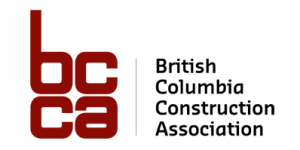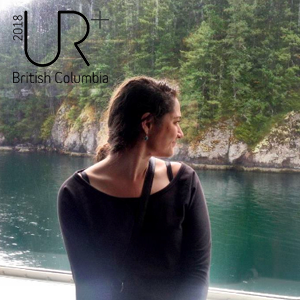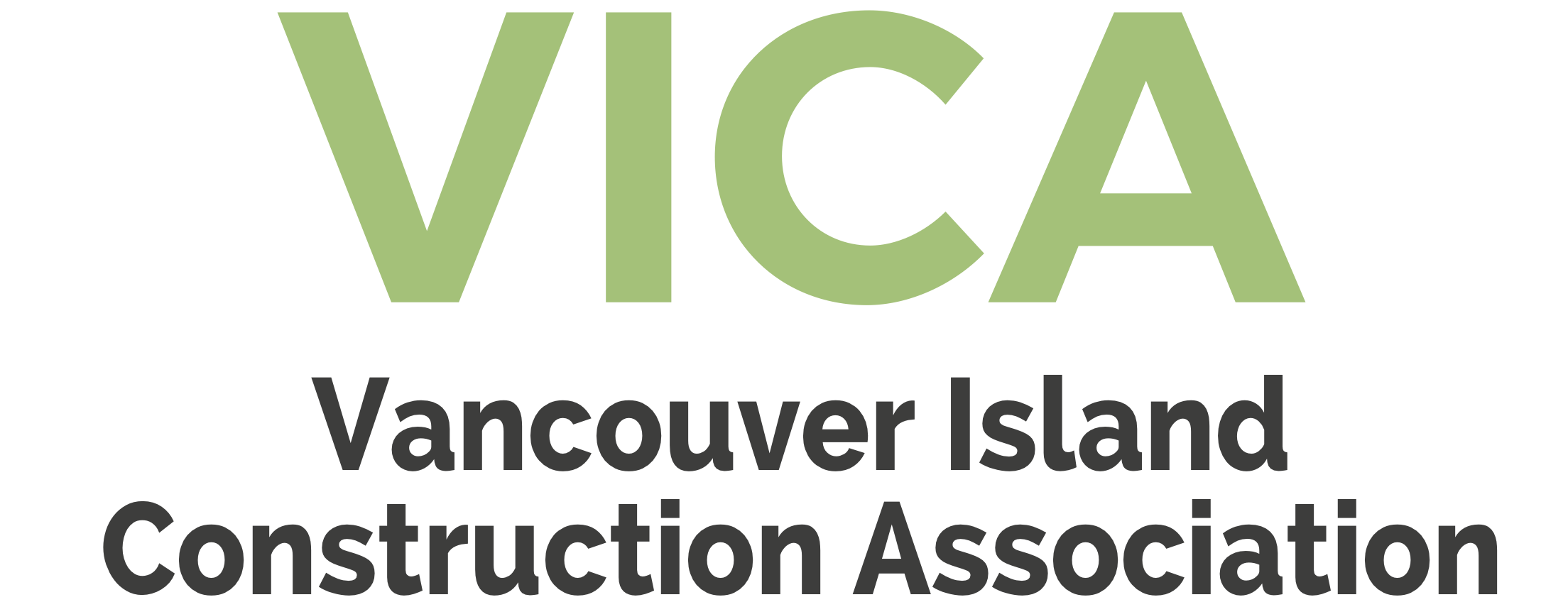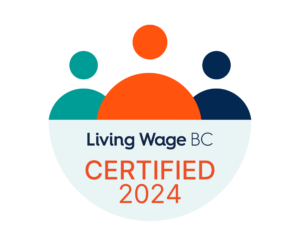UR + BC Panelist: Jessica Shoubridge
As an organizer of the Understanding Risk BC (UR+ BC) symposium, Jessica has signed on to also be a panelist for the symposium’s Kickoff Plenary: Understanding Natural Hazard Risks and Risk Reduction Potential in BC’s Built Environment on Monday, April 16th at 1:00 PM. With years of work across all orders of government, academia, non-profits and the private sector, Jessica’s efforts focus on helping bridge gaps between science, policy, and action for risk reduction and resilience building.
We asked Jessica three questions to learn more about her work, resiliency in the built environment and the future of BC’s buildings.
1. What does resilience mean to you, and why should people working in construction and the building trades be concerned about resilience in the projects they build?
Resilience thinking is typically systems thinking, so in terms of built projects, if everyone is just building their own project to a certain standard without thinking about the systems around that project that it may rely on often the objective is lost. A classic example would be the new St. Paul’s Hospital. We can build the most resilient building possible, but we should also think about the context in which it sits and the linear infrastructure that the building might rely on (e.g. water, sewer, energy), along with the access and egress for ppl to get in and out of the hospital in a natural hazard event. Perhaps this building can be a showcase of the new LEED resilient pilot credits? Or a living building? These are the types of things we need to start seeing, especially for landmark projects and critical facilities. Those who work in construction and the building trades should see this as a huge area of innovation and a business opportunity. Additionally, we are all part of a community, somewhere where we live and work and we should all care about how that community is responding to climate change and how it might survive or thrive in light of a major event like an earthquake.
2. On a scale of 1 to 10, where are we now in our efforts to create a disaster resilient culture throughout B.C., and what should we be aiming for? (How well are we doing, for example, with public owners of hospitals and schools?)
This is a tough one because in some ways we are around a 9, and others, just by the nature of timing and how scientific knowledge has evolved, we are ‘laggards’. For example, it always struck me that we have only known about Cascadia for about 25-30 years whereas the majority of our built environment is built before this knowledge. There is a lot of work to do if we are to adapt our built environment to the current and best understanding of natural hazards. Another example is that we have a very highly trained and expert group of professional emergency managers (EMs) here in the province, but we have not had the same nationally-founded system of mitigation and risk reduction included in that EM system that has evolved in the USA over the past several decades and elsewhere in the world. In other words, we have been getting really good at responding and recovering, but have not been doing as well on the risk assessment and risk reduction side or the building back better piece either (as far as I know!). All of these components need to be integrated, and more focus is needed on risk reduction/building back better. In terms of culture, I am grateful every day to live here in BC and to be surrounded by very intelligent people who also care about the world around them. I think there is huge potential here for ramping up the resilience culture. These UR+ events are showing how we have the capacity to lead the world on these topics by focusing on assessing risk, communicating risk, and reducing it and working across sectors to make it all happen.
3. How can the construction industry help bridge the gap between the challenges and the actions needed to improve risk reduction?
We consistently talk about bridging the gaps between science, policy, and action for building resilience so that the latest and greatest natural hazard science and research can inform what is happening on the ground. The construction sector is a huge part of the ‘action’ and what’s happening on the ground. If that sector can be better informed of the latest hazard and risk research, models, resilient building techniques, etc. then we can work to better integrate that into training and innovation for a more resilient built environment. The construction sector also needs to recognize and understand the huge market and high ROI in retrofits. We only replace something like 1-3% of buildings with new builds annually. The existing building stock represents both a huge set of challenges and a huge opportunity- we have a whole session on this at UR+ and it’s going to be a busy and exciting one. There are many pressures on the existing stock from energy retrofits to climate adaptation and seismic retrofit. These things need to be tackled in a holistic way. Mostly the sector needs to be open to innovation and see change as a business opportunity, not a burden. There are lots of people around willing to help on the business case, and help smooth some of the challenges, whether it’s through IPD or using tools like BIM to help increase efficiency in the sector and ultimately deliver better end products while still realizing profits.
Get Understanding Risk BC (UR+ BC) tickets here.










